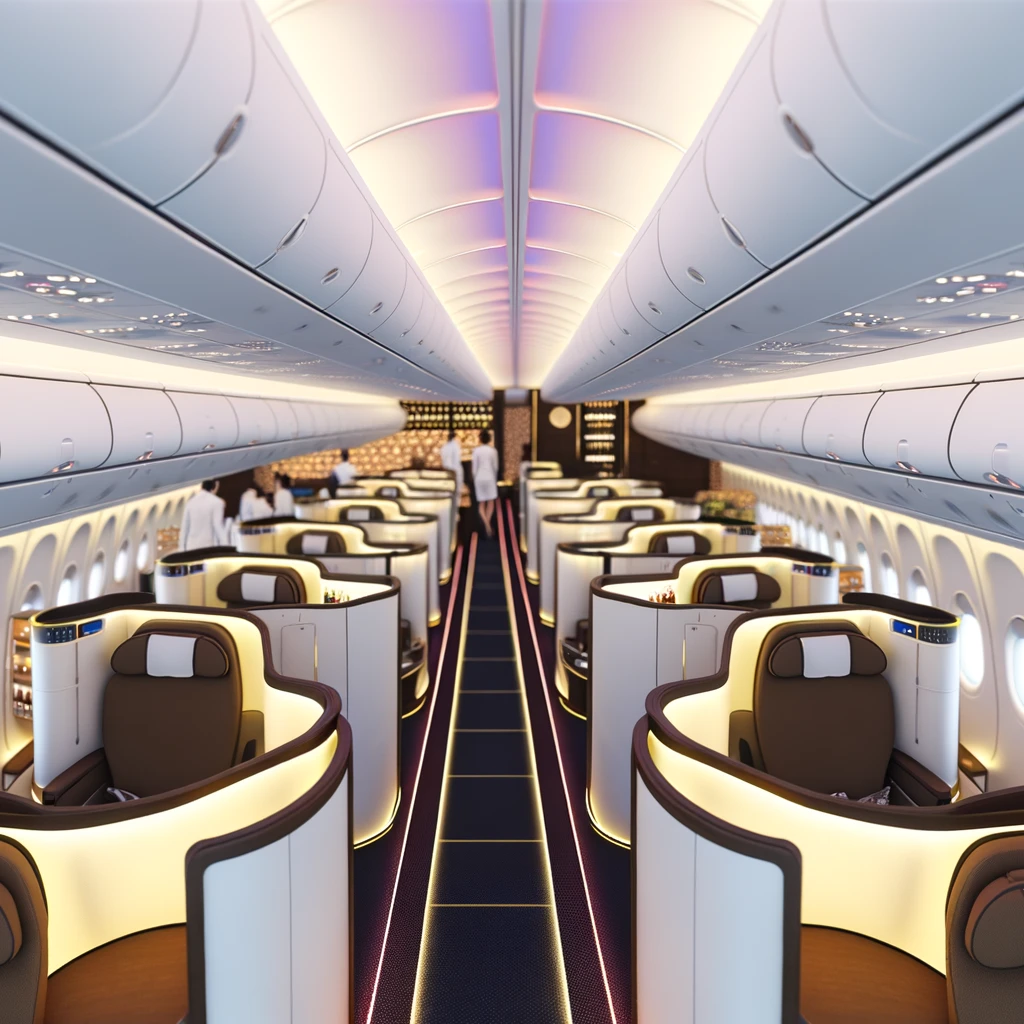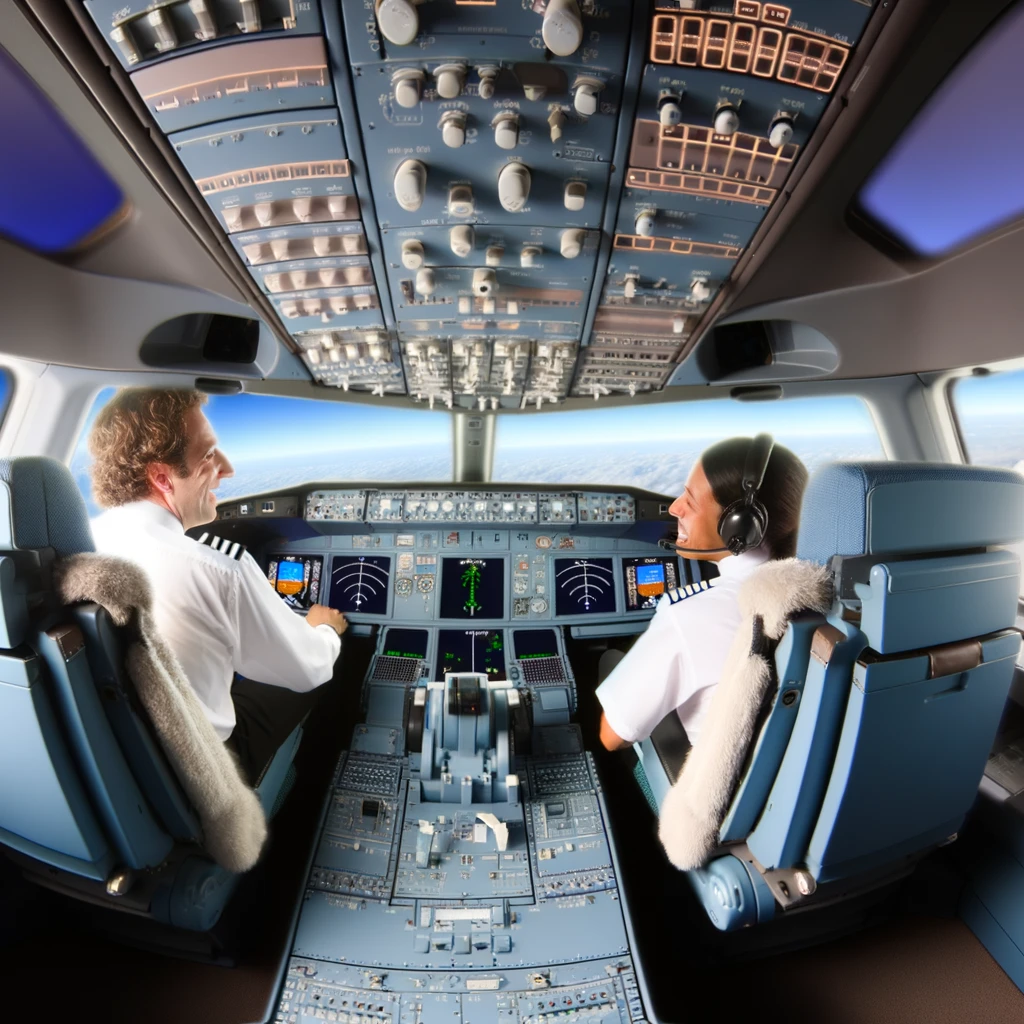
Introduction to the Airbus A380
The Airbus A380 stands as a marvel of modern aviation engineering. Known as the world's largest passenger airliner, it has redefined the standards of air travel with its innovative design and unmatched capacity. However, beyond its sheer size, the A380 is also known for its impressive operational altitude capabilities.
The Design and Engineering of the Airbus A380
Structural Innovations
The Airbus A380, with its double-deck configuration, offers a unique design that allows it to carry up to 850 passengers in an all-economy class configuration. The design incorporates advanced materials such as carbon-fiber-reinforced plastic, which contributes to its strength and fuel efficiency.
Engine Technology
Powered by either the Rolls-Royce Trent 900 or the Engine Alliance GP7200 engines, the A380 delivers exceptional performance. These engines are crucial in achieving the aircraft's impressive operational altitude, enabling it to cruise comfortably at high altitudes while maintaining efficiency.
Operational Altitude Achievements
Cruising Altitude
The Airbus A380 typically cruises at an altitude of 35,000 to 43,000 feet. This range is ideal for optimizing fuel efficiency and reducing air resistance, making long-haul flights more economical and environmentally friendly.
High-Altitude Performance
What sets the A380 apart is its ability to operate efficiently at higher altitudes. This capability not only improves fuel efficiency but also enhances passenger comfort by avoiding turbulent weather conditions that are more prevalent at lower altitudes.
The Impact on Aviation
Setting New Standards
The operational altitude achievements of the Airbus A380 have set new benchmarks in the aviation industry. Airlines operating this aircraft can offer their passengers smoother, more comfortable flights, with the added benefits of reduced travel time and improved fuel economy.
Environmental Considerations
Flying at higher altitudes also has environmental benefits. By operating efficiently at these heights, the A380 reduces its carbon footprint, making it a more sustainable choice for airlines looking to minimize their environmental impact.
Conclusion
The Airbus A380's operational altitude achievements are a testament to the advancements in aviation technology. As it continues to serve major airlines around the world, the A380 not only enhances passenger experience but also sets a precedent for future innovations in the industry. Its ability to fly high is not just a technical feat but a symbol of what the future of aviation holds.
Related Articles





